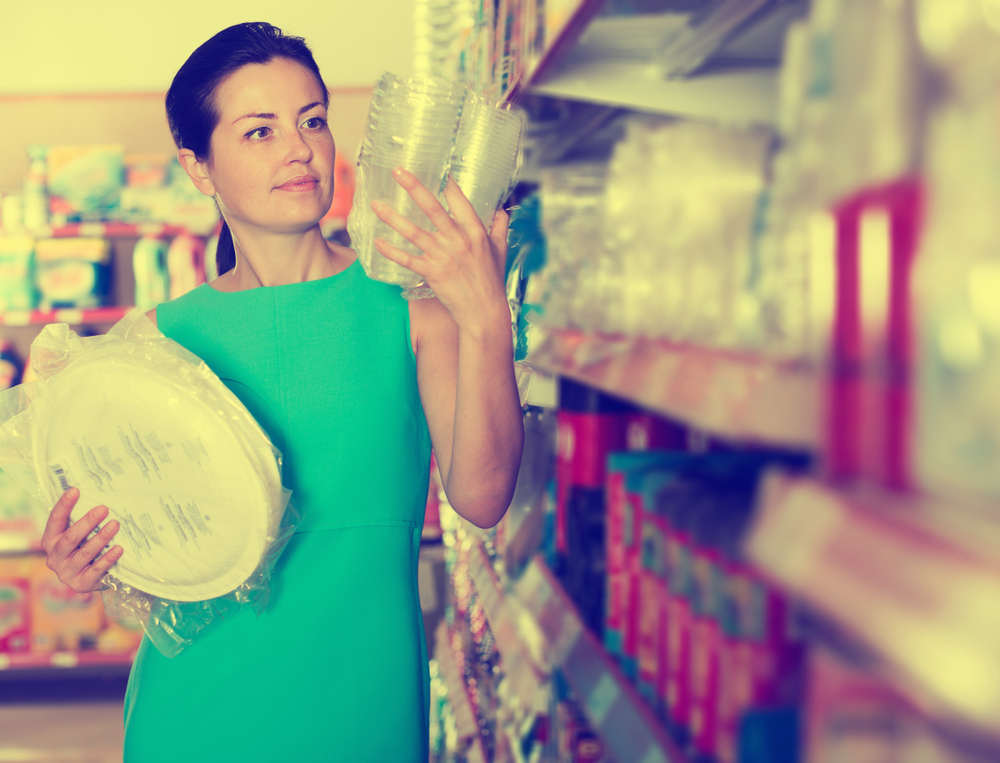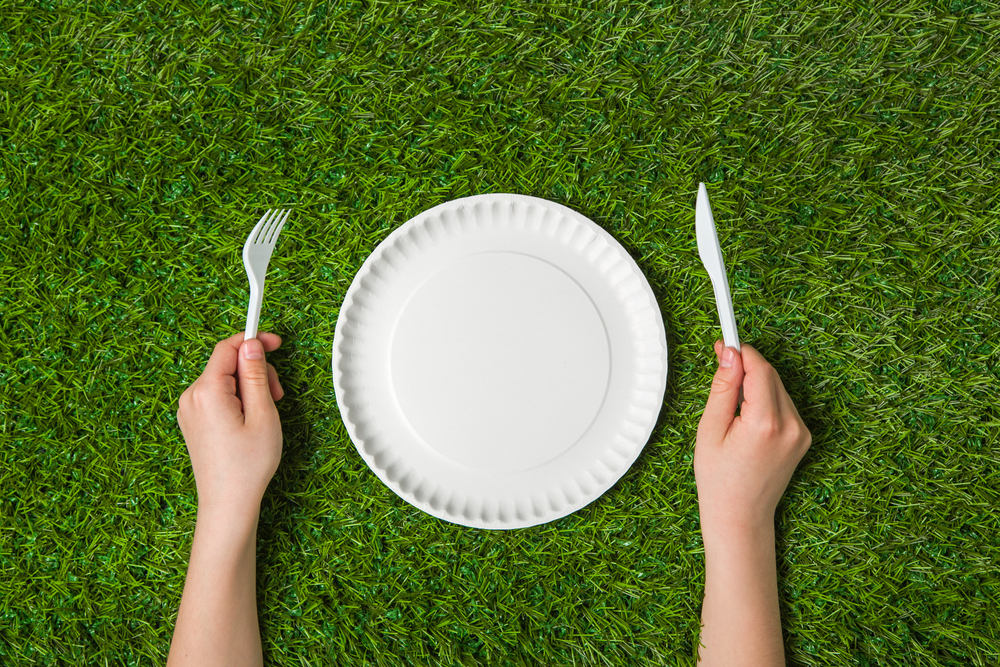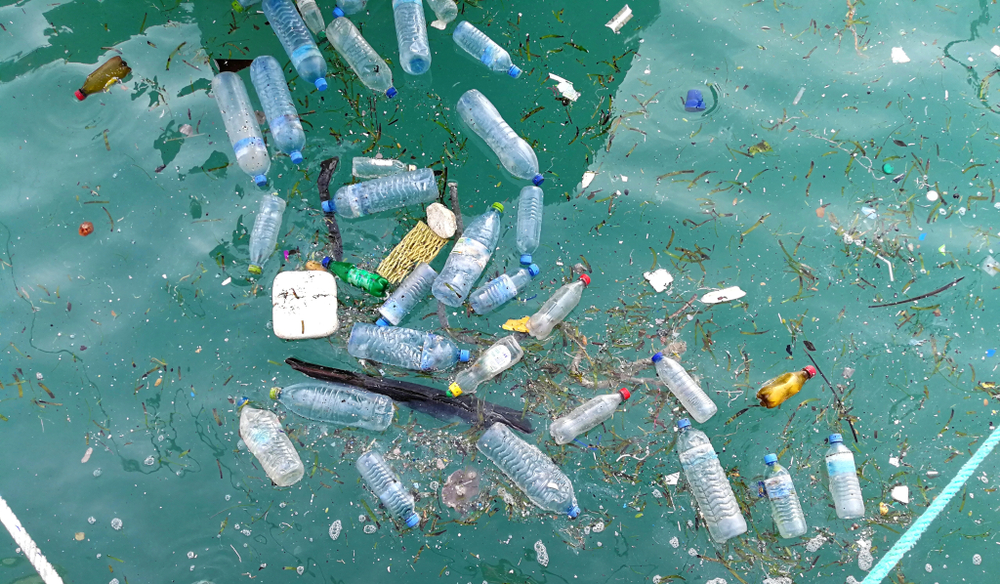The cycle of garbage in nature: where in the body plastic?


Dictionary of the English language Collins called the word of 2018 disposable. Over the last 5 years it began to be used 4 times more often. Tell disposable bottles, cups and bags cluttering up the planet and do not threaten us garbage Apocalypse.
As plastic gets to our body?
In the year humanity produces around 400 million tonnes of plastic. The processing thus takes no more than 20%, and the rest enters the environment. The inhabitants of the oceans it is often mistaken for pieces of food. It turns out that by 2018, more than 70% of fish contain chips of plastic.
All of this gets to our table: it’s a vicious circle. Threw away the bottle, she crumbled and fell into the ocean, pieces of plastic was eaten by a fish caught and sold in the supermarket. And if you think that is enough to give up seafood, it is not so: the garbage does not stop at birds, and animals. And last year, the organization Orb Media tested 159 samples of water from the tap in 14 countries. The plastic was discovered in 94.4% of samples.
In my body also there is plastic?

Most likely. Recently, an international team of scientists investigated 8 volunteers from different countries and all have found plastic particles in the digestive system. But experts from the University of Exeter in the urine of 86% of adolescents have found bisphenol A is used in the production of plastic.
Yet this is the very first study, but they are very eloquent.
How dangerous is it?
While the harm plastic is not fully understood, but the fact that it is harmful, is beyond doubt. It contains many different chemicals, most of which are potentially toxic. It is assumed that they can reduce the immune system, damage brain cells and liver, increase the risk of diabetes and provoke cancer.
Besides factories for the production of plastic released into the atmosphere by up to 400 million tons of carbon dioxide per year. About the dangers of air pollution, we are told in the article “Air RAID: how to protect your lungs from city smog, allergens, viruses and bacteria”.
What will happen if this continues?
According to forecasts of the British Foundation the Ellen MacArthur Foundation, by 2025 for every three kilograms of fish in the ocean will account for a kilogram of garbage. And by 2050 the amount of waste exceeds the total weight of all fish on Earth.
Under the influence of sunlight micro beads of plastic will continue to accumulate on the surface of persistent toxic substances. This will lead to massive poisoning of animals.
Now about 800 species are threatened with extinction due to poisoning plastic. And that could threaten the sources of food, medicines and clean water for millions of people.
“We are moving rapidly to ensure that the Land will be plastic planet, and if we don’t want to live in such a world, we need to rethink how to use different materials, especially plastic,” said Roland Geyer, Professor at the University of California.
What can I do?
To reduce the use of plastic and to tell friends about what is important. Here the most simple ways:
- Do not buy water in plastic bottles – get a reusable and fill it at home.
- Discard disposable packaging and utensils. 90% of plastic products are used only once and then discarded. Try to go to the store with my bag and in the car to take a glass Cup for coffee.
- Buy new products only when necessary. This is useful both for nature and for the budget.
- Instead of 10 small packages of food buy a bigger one. To make a few small containers require more plastic.
- Sort the garbage
